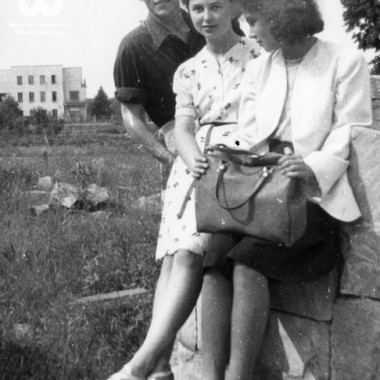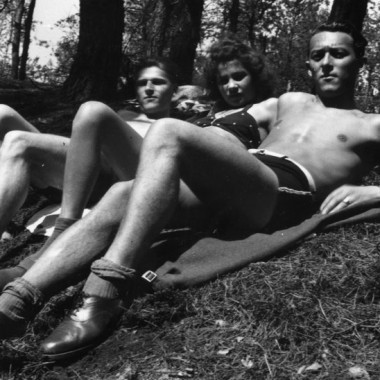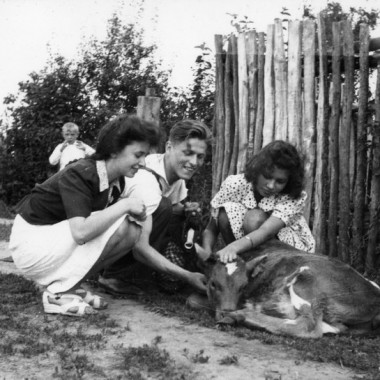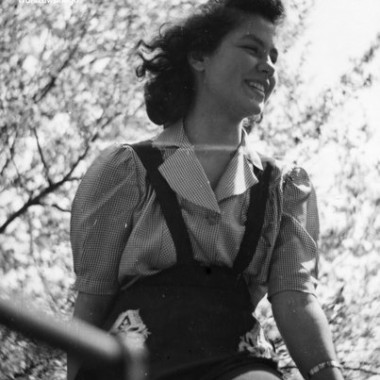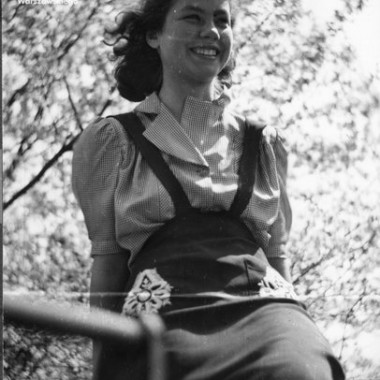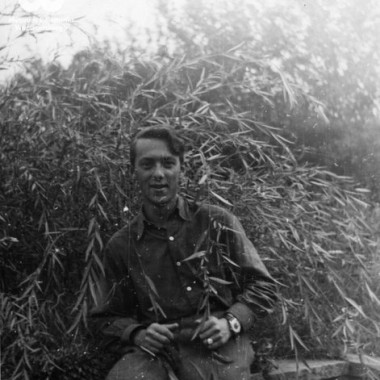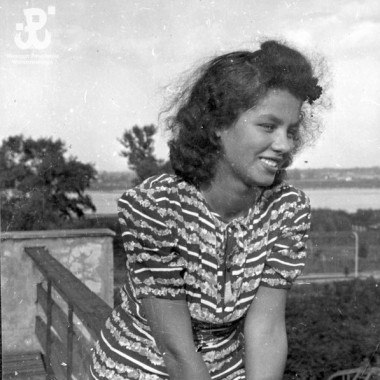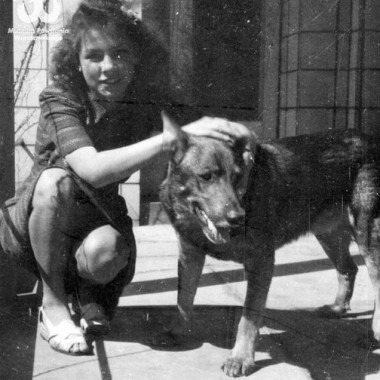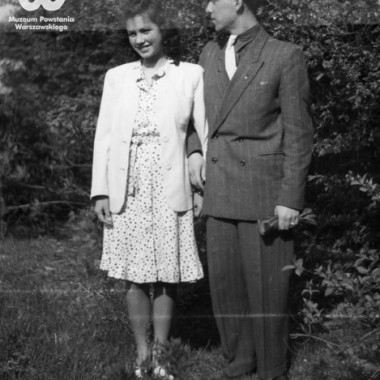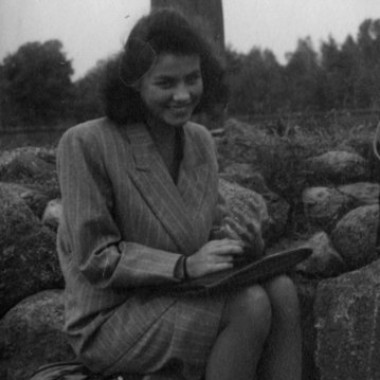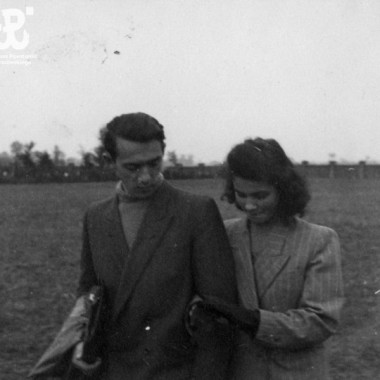Born on 10 February 1923 in Warsaw, Olgierd Budrewicz was 16 years old at the outbreak of World War II and a student at the Prince Józef Poniatowski 5th State Middle School. He passed his final secondary education exam in 1942 at secret education courses, and continued his education studying law at the underground Warsaw University. He also took part in some journalist courses. Initiated in the underground movement by his colleague, he became a Home Army soldier under the pseudonym "Konrad". In 1943, he completed the Home Army's officer cadet course. The outbreak of the Warsaw Rising met him in his home borough of Żoliborz, where he fought in the "Żmija" Group. In early September 1944, he was reassigned to the editorial staff of the insurgent newspaper Dziennik Radiowy 22. Obwodu AK (Radio Bulletin of District 22 of the Home Army). Following the capitulation of the Rising, he left the city among civilians. With the help of his friends, he got out of the Pruszków transit camp and was hiding at his friends' home in Żyrardów. After the war, he completed his law studies and worked as a reporter and publicist for Warsaw magazines. He authored numerous travel books, essays and publications about Warsaw. He died on 20 January 2011 in Warsaw.
The collection of photographs by Olgierd Budrewicz, taken in 1939-1949, comes from the author's family albums. The photo account starts at the outbreak of the war, when Olgierd Budrewicz documented his scouting trip to the east to join the army. He recorded on film the first effects of the war, and later the life in occupied Warsaw. The photos include images of secret education classes and field exercises of the underground officer cadet school. There are also unique photographs of sports activities, officially forbidden by the German authorities, including photos from illegal football matches played by the Żoliborz football team "Promyk", of which Budrewicz was the captain. The author documented mainly his colleagues from Warsaw's Żoliborz, excellently capturing interpersonal relations. His photos often have a semi-private character; many of them show Budrewicz's future wife, Anna Kanicka, and his family house at 6 Kaniowska Street. They also document some summer and winter outings. The collection ends with post-war photographs, including images of destroyed Warsaw.





